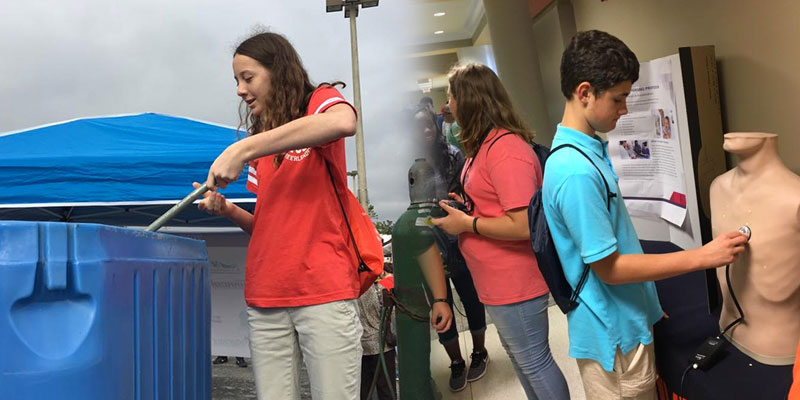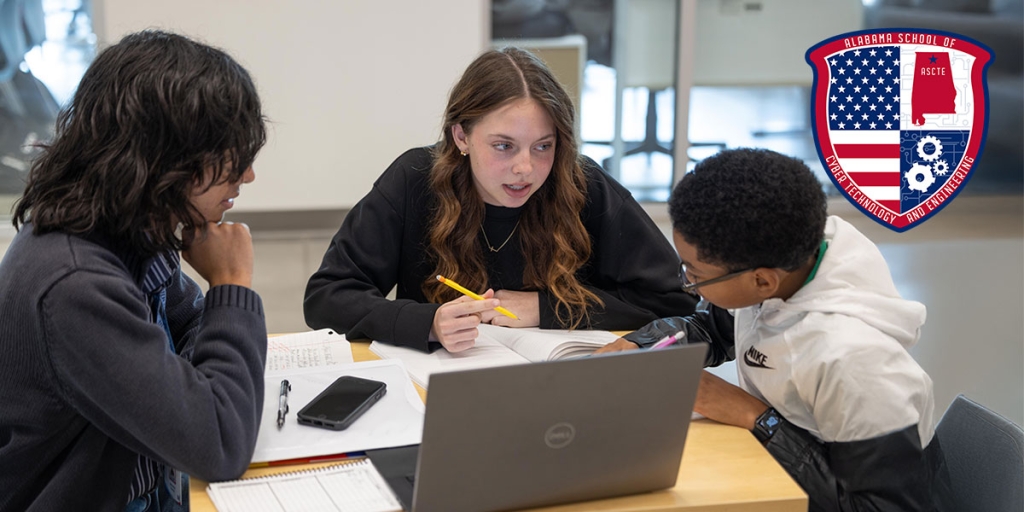By: Josh Laney
As the manufacturing economy of Alabama continues to grow, so do the opportunities for on-the-job-training of high school students. Work-based learning opportunities will be essential in filling the workforce demand in manufacturing fields.
According to Alabama Secretary of Labor Fitzgerald Washington, Alabama added more than 32,000 jobs in 2017. Coupled with a continuing wave of retiring baby boomers and a low unemployment rate, it is easy to see how a workforce shortage could develop. It is also apparent that the future has never been brighter for Alabama’s yearly 50,000-plus high school graduates.
High job demand in lucrative fields provides the opportunity to establish careers in Alabama. Shining brightly among careers, advanced manufacturing offers students the opportunity to stand out through innovation, which 32 percent of Alabama high-schoolers identified as their primary work value. However, even with excellent earning potential, high employer demand and direct alignment with students’ work values, not enough students are entering the manufacturing field.
So, what are the barriers and what can be done about them?
There are three main barriers, and they can be eliminated through work-based learning. Those barriers are career interest, availability of training opportunities and lack of knowledge on the part of employers.
Career interest assessments of Alabama high school students consistently reveal only 1 percent identifying manufacturing as a career field of choice. The Alabama State Department of Education is working in conjunction with Manufacture Alabama and the Regional Workforce Councils to provide educators and school leaders with information about manufacturing careers.
Changing misperceptions about careers in advanced manufacturing is the first step in communicating information. However, if we have learned anything from social media culture and the age of online reviews, it is that young people believe their peers. This is where the work-based learning model can help.
A company that hires a few students in an apprenticeship or cooperative education role can increase its recruiting power. When those students interact with their peers, other students learn about those career pathways. Three or four student workers returning to their schools and wearing employer-branded team wear, telling their peers about how cool the job is and talking about how much money they make are the kind of authentic public relations that no company can buy.
A second barrier to meeting workforce demands of the manufacturing industry is the difficulty in providing training opportunities. The tools and equipment needed to teach the myriad technical processes in manufacturing can be expensive.
With a work-based learning model, these barriers are eliminated. A company with a need for trained employees is the best place for that student to learn. The veteran employees have the corporate culture, technical knowledge and real-world experience to train new hires. Employers also report increased engagement levels from veteran employees who work as mentors, with some delaying retirement until they have trained their successors. Apprenticeships and cooperative education placements are the best solutions to putting students, equipment and tools under the supervision of the workers they will be replacing.
The final barrier to using work-based learning opportunities to fill demand is corporate culture and policies based on outdated or erroneous information. For example, it IS legal to hire 16-year-olds as apprentices, according to US child labor laws. However, some manufacturers have corporate and insurance policies that won’t allow them to do so. This puts them behind the curve in cultivating talent.
While it is true that some specific activities are prohibited, many of the prohibitions are explicitly waived for students participating in apprenticeships. The USDOL and the U.S. Department of Education issued a joint training and employment notice in January 2017. In that notice, they say that not only are high school apprenticeships allowed, they are encouraged. The Alabama State Department of Education and the Alabama Department of Labor have both repeatedly echoed these sentiments and are actively promoting youth apprenticeships and work-based learning activities.
If an employer is interested in finding out where youths can fit into their facility, the two departments stand ready to help. When it comes to insurance, a company employing a youth apprentice must cover that apprentice in the same way they would any other part-time employee in that job.
Apprenticeships and work-based learning are not new. They have been time tested for centuries. If Alabama wants to provide the workforce to keep our economy thriving, then we must use ALL tools at our disposal.
By Josh Laney is the Senior Director for Workforce Development, Alabama State Department of Education









